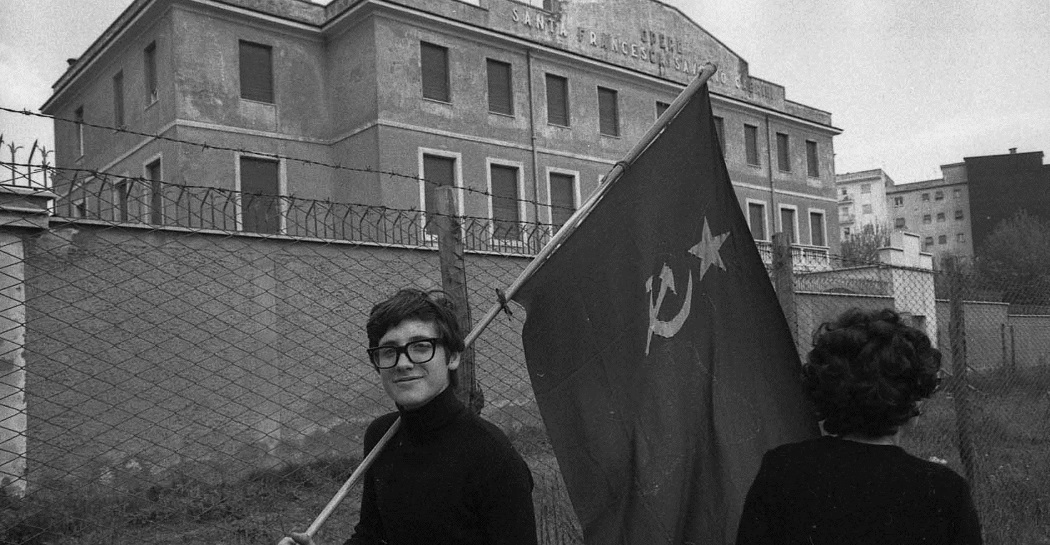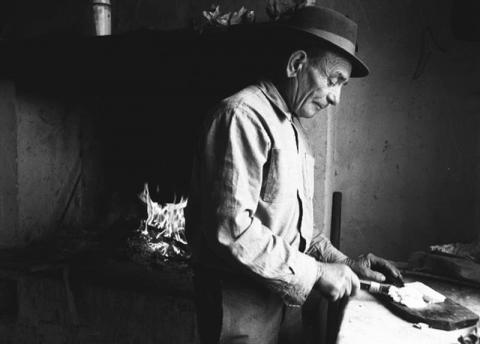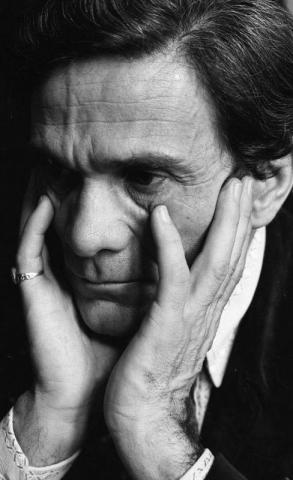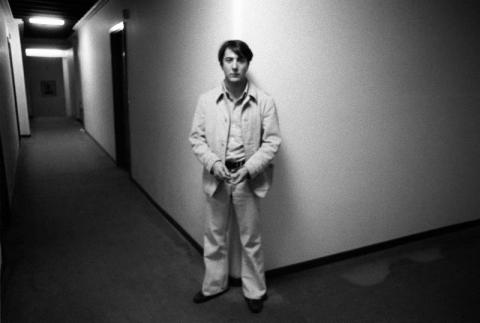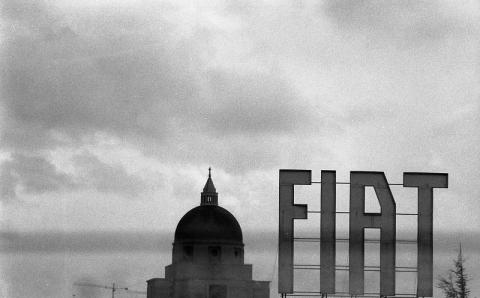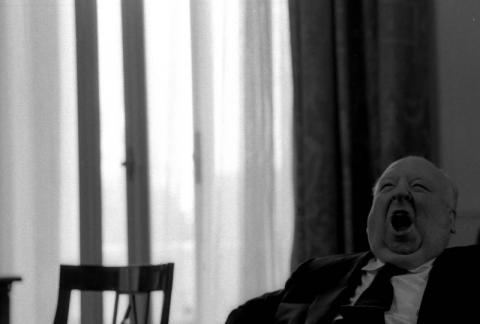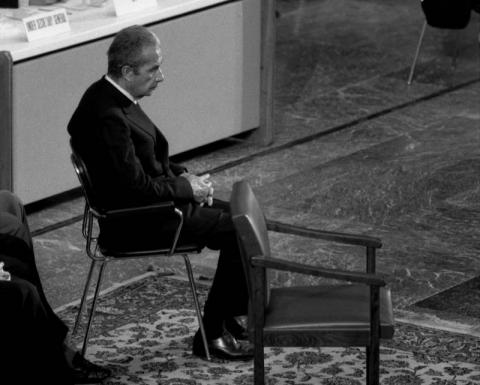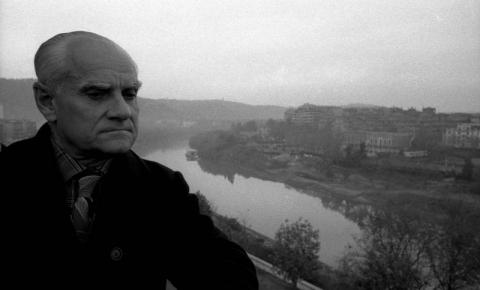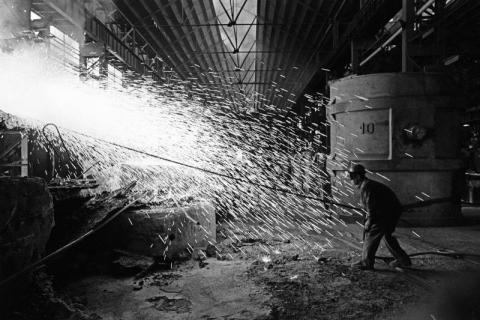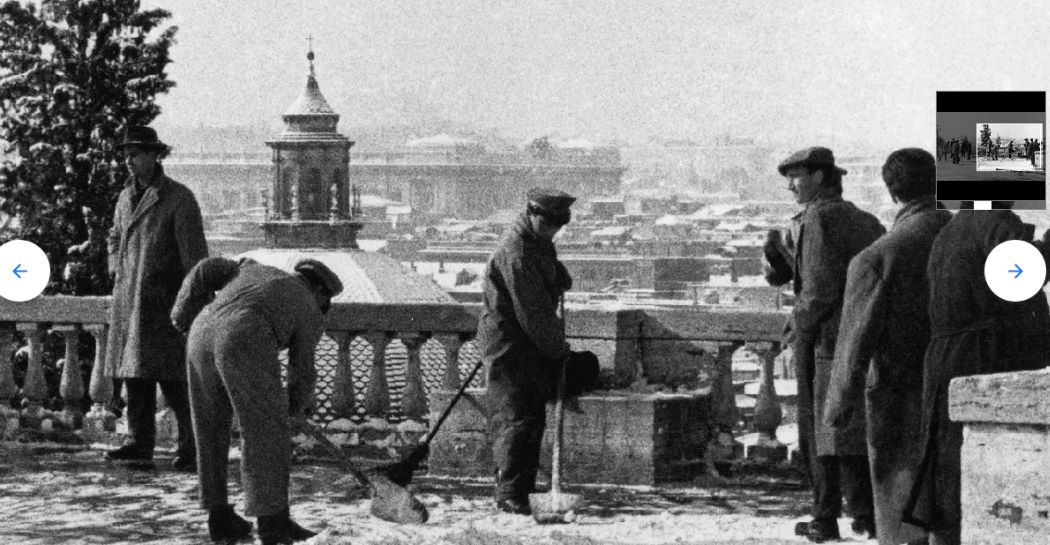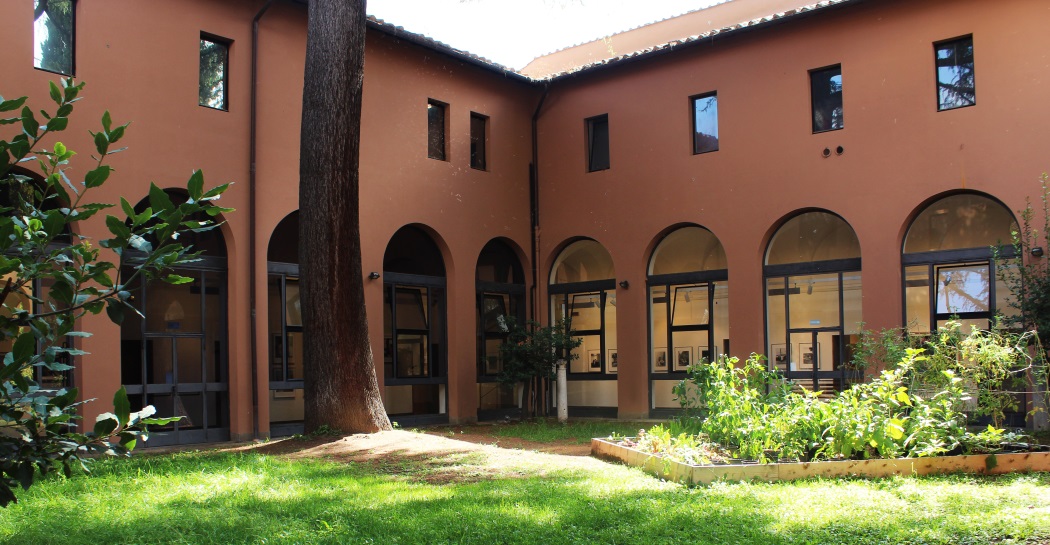Chiamala Roma
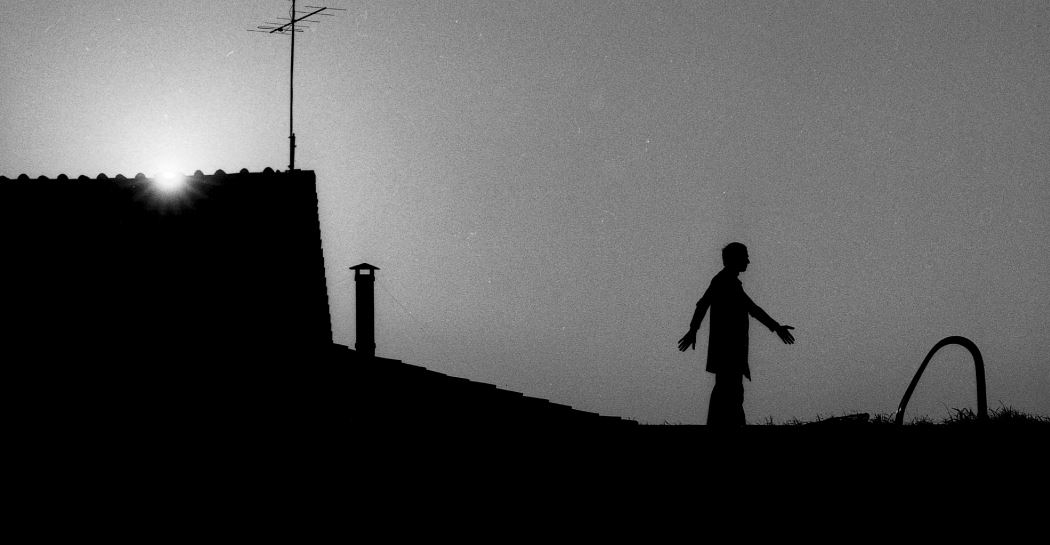
The sense of this exhibition is a personal and poetic reinterpretation of the city, which Becchetti enacts through a large part of the production dedicated by the photographer to the capital, highlighting the uniqueness of a contradictory and complex city.
Through around 180 black and white photographs, mostly vintage and selected from the vast Sandro Becchetti Archive, the exhibition offers a personal and poetic revisitation of Rome, which characterises much of the work Becchetti has dedicated to the capital, in an attempt to highlight the uniqueness of a contradictory and complex city. In Becchetti's own words: "Through the lens of my Pentaxes I observed a city in telluric social... anthropological upheaval... marked by an anxiety of renewal. marked by an anxiety of renewal capable of breaking down the fossilised hierarchy of social classes and of erasing... an ancient idea of subordination... It was during those years that I was able to meet and photograph many of the most important protagonists of the Italian and international artistic and cultural world of the time in Rome, such as Ungaretti, Borges, Pasolini, Penna, Hitchcock and de Chirico, to name but a few".
The photographer's eye focuses on a city that changes face unexpectedly, to fix those details that not only enhance its ancient and undoubted beauty but also reveal with irony and affection the transformations of a territory and its inhabitants. The ordinary people who live there, as well as the personalities who stay there for short or long periods, absorb the climate and the suggestions and become witnesses of the Roman genius loci, regardless of where they are photographed - on the outskirts of the city between the new suburbs and the ancient walls, or immortalised in the austere rooms of the old and historic palaces, or among the paintings and tapestries of the bourgeois houses.
The exhibition also highlights the importance and fundamental role of photographic archives, both private and public, in reconstructing the memory of a territory from a historical, social and above all cultural point of view.
The exhibition is divided into five sections - the titles of which are taken from Becchetti's own writings (as is the title of the exhibition itself) - and features, alongside the photographs, films, period paper documents and objects that belonged to or were made by the author, such as cameras and wooden sculptures, on display in the various exhibition rooms.
In the first section, entitled Chiamala Roma (Call it Rome), a series of contrasting images, dating from the early 1960s to 2013, traverse the capital from the suburbs and hamlets to the historic centre, depicting a city that is both welcoming and challenging. It is precisely the contradictions and fascinations, in a continuous alternation of emotional states, that mark the stylistic signature of Becchetti's work.
The second section, entitled Un altro '68 (Another 1968), offers a series of photos, never taken for granted, from the crucial years of the student and, above all, workers' struggles. Becchetti makes no secret of the fact that he takes the side of the working classes and peasants rather than that of the young protesters, even with great empathy; yet his photos tell the story of both the extra-parliamentary movements and groups and of the workers and social forces, without forgetting the fundamental role played in those years by the printed press. The various newspapers, Il Manifesto, Paese Sera, l'Unità, Il Messaggero and the alternative press often appear in the hands of the people portrayed, highlighting a political and cultural awareness typical of those years.
The third section, entitled Una mia idea di galleria, features around 40 portraits of international personalities from the worlds of culture, politics and entertainment, often photographed by Sandro Becchetti for the daily Il Messaggero and commissioned to "accompany" the historic third page of the Roman newspaper. A personal and witty narrative where the various characters - Alfred Hitchcock, Claudia Cardinale, Carmelo Bene, Bernardo Bertolucci, Federico Fellini, etc. - are immortalised in their own homes. - are immortalised, some in their homes, others in the hotel rooms where they stayed in the capital, lending themselves to the often ironic and mocking gaze of the photographer.
The fourth section, entitled Lo sguardo gelido e tagliente del poeta (The poet's cold, sharp gaze), is devoted to the 1971 photo shoot of Pier Paolo Pasolini by Sandro Becchetti for the daily newspaper Il Messaggero, at his home in the EUR district. In the short space of an hour and a half, the photographer took around 60 images and chose ten for publication, some of which will remain among the poet's best known. Among them is the famous image of Pasolini holding in his hands the booklet "Le ceneri di Gramsci", which he wrote in 1957. After the exhibition at the Pier Paolo Pasolini Centre in Casarsa della Delizia, the images of the entire service are exhibited for the first time in Rome, showing Pasolini in the various rooms of the house and, above all, bearing witness to the intense relationship between the poet and his mother Susanna.
The exhibition concludes with the fifth section, entitled Un'altra storia (Another Story), which tells of "other" places, "other" faces and "other" stories, reportages made by Becchetti outside the city of Rome, from which he left with his family to move to Lugnano in Teverina, in Umbria. The images on display depict some aspects of rural life in the Roman and Umbrian countryside, or scenes taken in Italian and foreign towns. With particular sensitivity, the photographer traces an anthropological account of the territories explored, while in other cases his lens offers visions of metaphysical and Fellini-like scenarios.
On the occasion of the exhibition a catalogue will be published by the Roman publishing house Postcard, specialised in photography - with the contribution of Vetrolatino di Lucio Caccialupi. The publication, edited by Silvana Bonfili with Gianna Bellavia and Valentina Gregori, traces through the photographic images of Sandro Becchetti and some of his writings, the themes exposed and uses, in addition to the critical texts of the curators, the valuable contribution of Ascanio Celestini and Francesco De Gregori.
The exhibition is promoted by Roma Culture, Sovrintendenza Capitolina ai Beni Culturali in collaboration with Archivio Becchetti, Postcart edizioni, Centro Studi Pier Paolo Pasolini di Casarsa della Delizia and Sistema Museo di Perugia. Curated by Silvana Bonfili with Valentina Gregori. Organisation Zètema Progetto Cultura. Catalogue published by Postcard.
Postcard
Information
From April 27 (opening time 14.00) to September 5, 2021
From Tuesday to Sunday 10.00-20.00
Last admission one hour before closing time
Closed
Monday, 1 May
Before planning the visit, CONSULT THE NOTICES
Tel. 060608 (daily from 9.00 to 19.00)
Promoted by
Sovraintendenza Capitolina ai Beni Culturali
Museum services
Zètema Progetto Cultura
In collaboration with
Archivio Becchetti, Postcart edizioni, Centro Studi Pier Paolo Pasolini di Casarsa della Delizia e Sistema Museo di Perugia
Press Room
Gallery
Eventi correlati
1008781
